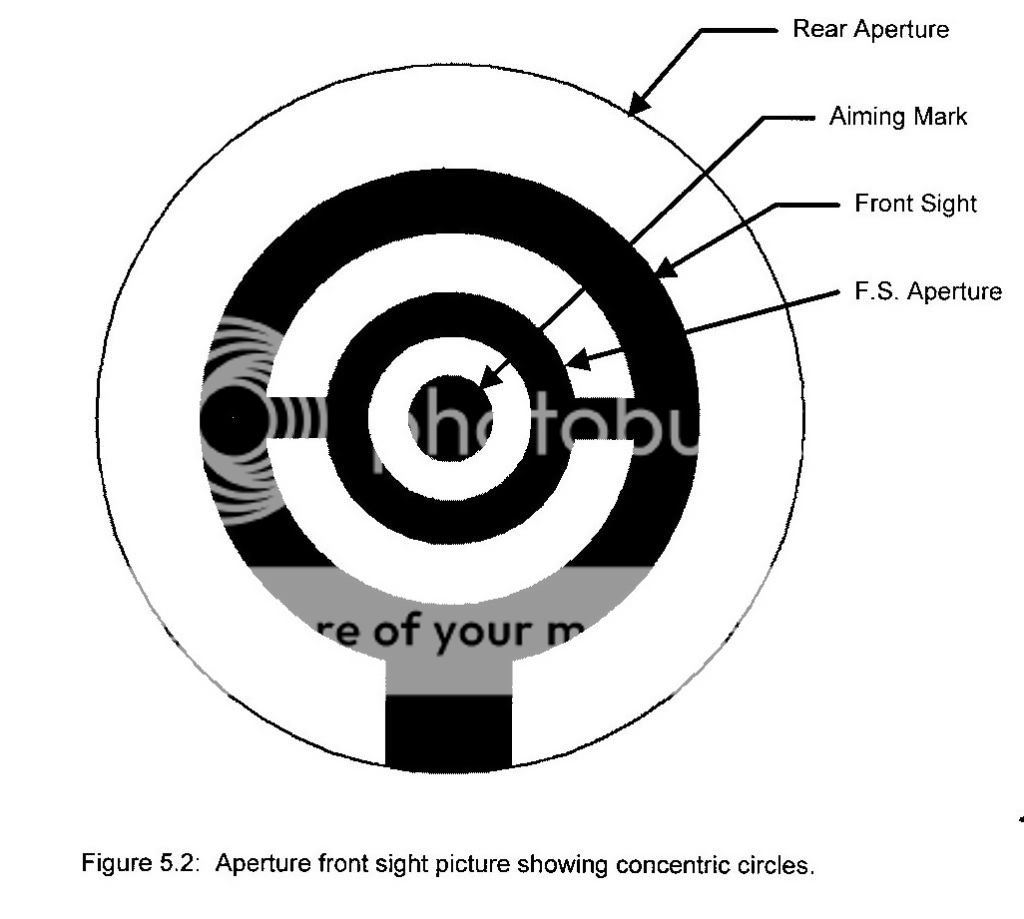I have posted the following on The Benchrest Directory so I hope I can also dig this forums expertise.
I've tried to find my way around this minefield without too much success.
If you google 'Eagle eye sight' http://www.nra.org.uk/common/files/news/eagleeyedebate.pdf
you get an informative post of an NRA 2006 report.
But this only goes part way.
A while ago I picked up off e-bay an oldish small 'diopter'- this is the best bit of kit I have found for a long time - it screws into the rearsight and by turning the outer sleeve you can bring the foresight aperture into clear focus. I wonder if I put an eagle eye into the foresight would this give me both target and foresight aperture into sharp focus? If yes - probably disallowed.
There is no makers name on the diopter - could be Anschutz? - any ideas?
Any information or links to advice on the use of diopters and lenses - and legality for various target/benchrest disciplines gratefully received.
John
I've tried to find my way around this minefield without too much success.
If you google 'Eagle eye sight' http://www.nra.org.uk/common/files/news/eagleeyedebate.pdf
you get an informative post of an NRA 2006 report.
But this only goes part way.
A while ago I picked up off e-bay an oldish small 'diopter'- this is the best bit of kit I have found for a long time - it screws into the rearsight and by turning the outer sleeve you can bring the foresight aperture into clear focus. I wonder if I put an eagle eye into the foresight would this give me both target and foresight aperture into sharp focus? If yes - probably disallowed.
There is no makers name on the diopter - could be Anschutz? - any ideas?
Any information or links to advice on the use of diopters and lenses - and legality for various target/benchrest disciplines gratefully received.
John








